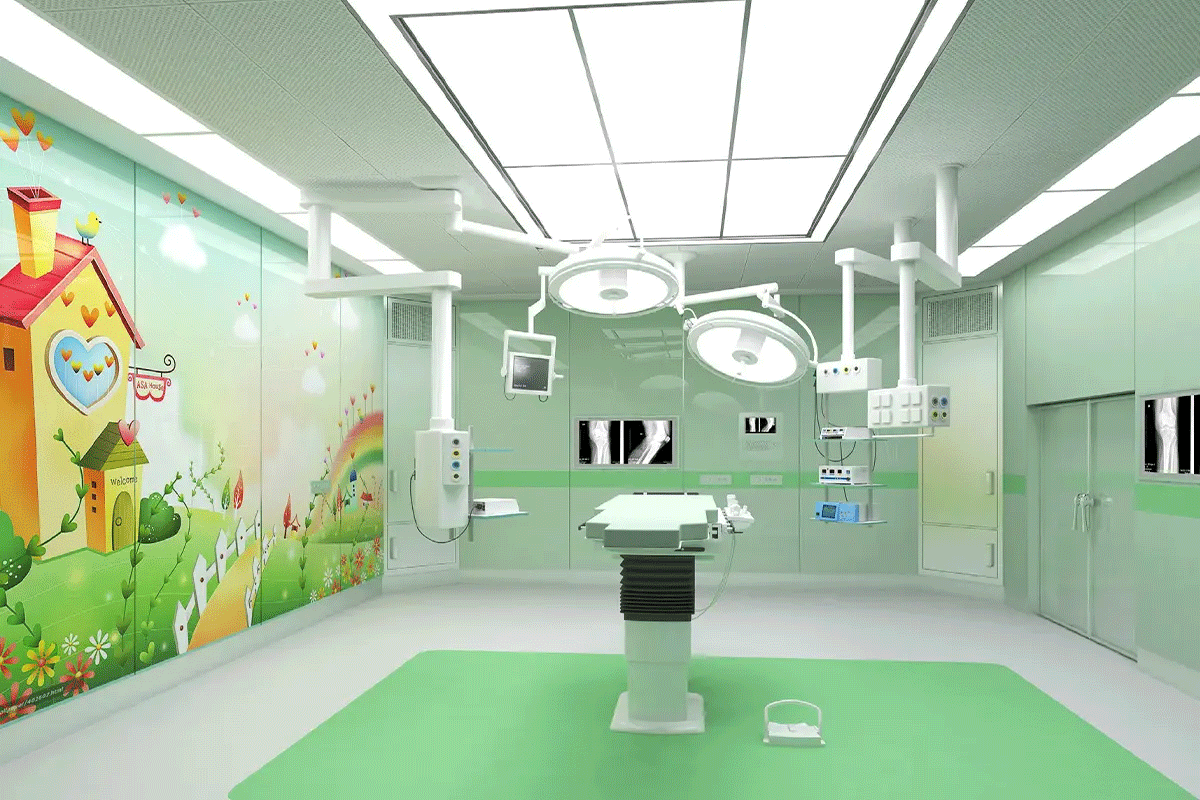
2015
OSPEDALE PEDIATRICO BUZZI
Nuovo padiglione di chirurgia, pronto soccorso e terapia intensiva
- Progettazione esecutiva MEP

Committente
ILSPA Infrastrutture Lombarde SpA
Tipologia di intervento
Costruzione
Destinazione d'uso
HEALTHCARE
Valore dei Lavori
40 Milioni €
Luogo
MILANO
Periodo
2015
Concept Design
CSPE, Castiglioni & Nardi
Numeri
Surfaces
11 000 m2 – Gross floor area
Certificazioni e Obiettivi sostenibilità
-
Credits
-
In collaborazione con
-
The project concerns a new pavilion, in connection with the existing building for ward (building C), which is conceived to host the new surgical unit, the pediatric intensive care unit, the pediatric emergency room with ward for pediatric emergency, the medical imaging diagnostic unit. The new building is composed of five above-ground floors (one reserved for technical services rooms), a basement level and an underground level; it is located within the area at the corner between the streets San Galdino and Castelvetro, defining a new access for the ER and a new main pedestrian entrance. This solution allows the aggregation and coordination in one block of all the functions demanding for high asistencial commitment and availability of high-tech equipments and systems. At the same time, it redefines the whole hospital complex, ensuring a general reorganization of the paths and a new healthcare organization based on the intensity of cares. The detailed design phase shares all the development goals and the cultural concepts which were expressed by the preliminary project, especially those concerning the new dimension in healthcare quality, summarized in the “Decalogue of the exemplary hospital”. The new hospital must be able to reconcile technological complexity with the human dimension, to provide healthy environments for the users and to create comfortable workspaces for the operators. The project also translates in specific design choices and devices the requirement of a general flexibility of the hospital organism, conceived to permit both the best management of the construction phase and the possibility to intervene without constraints during the building life-time, adapting the lay-out to the changed operational requirements.









